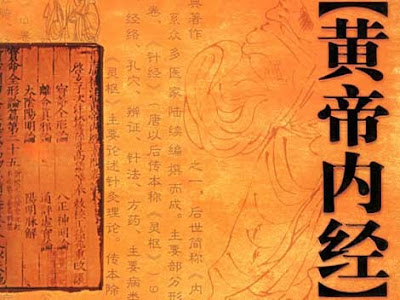The Diagnostic Method of Chinese Traditional Medicine enjoys a long history. Bian Que, a famous doctor of the Warring States Period, was good at “feeling the pulse, complexion observation, voice hearing, writing condition, and telling how to cure”. Since then, the Diagnostic Method of Chinese Traditional Medicine was continuously perfected and inherited by doctors of later dynasties in clinic practices, and a number of classic books about the diagnostic method emerged.
Inspection is a diagnostic method that doctors learn the state of disease through visually observing relevant parts of the patients and their excrements and secretions. For example, the Tongue Observation, namely the Tongue Diagnosis, refers to observing the tongue’s quality and changes of the tongue coat to determine the state of disease and prognosis, which is an important step of the Observation Diagnosis.
Auscultation-olfaction is a diagnostic method to learn the state of disease through hearing patients’ voices and smelling them. Voice Hearing means learning changes in such voices as talking, breathing, coughing and vomiting. Smell means smelling particular smells like mouth smell, body smell, and excrement smell.
Interrogation is a diagnostic method to learn the whole state of disease through asking patients or people with them questions systemically and pertinently.
Palpation is a diagnostic method to learn the state of disease through touching, pressing, felling special parts of the body and the pulse of the patient.
The Chinese Diagnostic Method is a unique diagnosis method in the Chinese Traditional Medicine. It is a complete subject of science which consists of theories, methods, technologies and appliances and that was formed along with the continuously medical practice of the Chinese Traditional Medicine. It reveals vividly traditional Chinese culture and regional characteristics. In addition, The Diagnostic Method of Chinese Traditional Medicine has been included into the List of National Intangible Cultural Heritage.



No comments:
Post a Comment